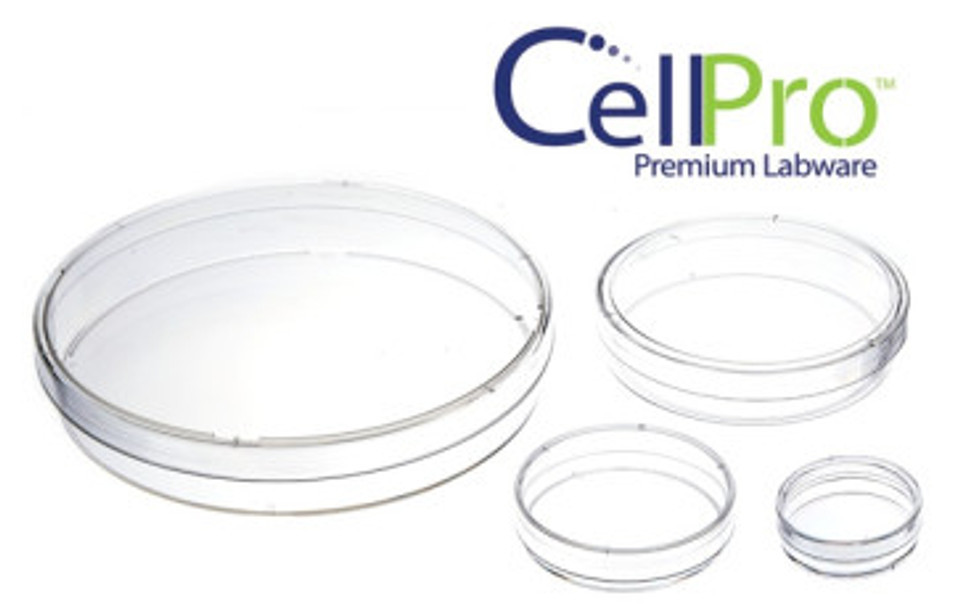In the ever-evolving field of life sciences, tissue culture has become an indispensable tool for researchers and scientists alike. Tissue culture dishes play a crucial role in this process, serving as the foundation for cultivating cells and studying their behavior in a controlled environment. In this comprehensive guide, we will delve into the key components and features of these cell propagation vessels, shedding light on their importance in advancing biological research.
Understanding Tissue Culture Dishes
What are Tissue Culture Dishes?
This equipment is specialized containers designed for the in vitro cultivation of cells and tissues. These dishes provide a controlled environment that mimics the conditions necessary for cell growth and proliferation. Made from high-quality materials, these dishes offer researchers a reliable platform for various applications, including cell biology, drug discovery, and tissue engineering.
Key Components of Tissue Culture Dishes
Material: These cell propagation vessels are typically made from polystyrene, a material known for its transparency, durability, and biocompatibility. This ensures that the dish does not interfere with the cells being cultured and provides a clear view for microscopic observation.
Surface Treatment: The surface of this equipment is often treated to promote cell adhesion and growth. Common treatments include plasma coating, corona treatment, or the application of extracellular matrix proteins. These treatments enhance cell attachment and facilitate optimal cell behavior during culture.
Size and Shape: It comes in various sizes and shapes to accommodate different research needs. Common sizes include 35mm, 60mm, and 100mm diameters, with options for both round and rectangular dishes. Choosing the right size and shape depends on the specific requirements of the experiment or study.
Sterility: Maintaining a sterile environment is crucial for successful tissue culture. These cell propagation vessels are manufactured and packaged under strict sterile conditions to prevent contamination. This is achieved through techniques such as gamma irradiation or ethylene oxide gas treatment.
Graduated Markings: Many cell propagation vessels feature graduated markings on the sidewalls. These markings assist researchers in accurately measuring the volume of media or other reagents added to the dish. Precise measurements are essential for maintaining consistent experimental conditions.
Ventilation: Some cell propagation vessels come with ventilation options, such as lids with vents or raised rims. Proper ventilation is essential for gas exchange and maintaining optimal culture conditions. It also prevents the buildup of condensation, which can affect cell health.
Features that Matter
Cell Adhesion and Proliferation:
The primary goal of tissue culture is to support cell adhesion, proliferation, and maintenance of cellular function. The surface treatment of cell propagation vessels plays a pivotal role in achieving these objectives. Researchers can choose dishes with specific coatings or treatments tailored to the cell type they are working with.
Transparency for Microscopic Observation:
The transparency of polystyrene makes it easy for researchers to observe cell cultures under a microscope. This is crucial for monitoring cell morphology, assessing confluency, and conducting live-cell imaging. Clear visibility is a key feature that sets cell propagation vessels apart from other cell culture vessels.
Consistent and Reliable Performance:
These cell propagation vessels are engineered to provide a consistent and reliable environment for cell growth. The manufacturing process involves stringent quality control measures to ensure uniformity across batches. Researchers can trust that each dish will perform consistently, reducing variability in experimental results.
Compatibility with Various Cell Types:
The versatility of this equipment allows for the cultivation of a wide range of cell types, including adherent cells and suspension cells. Researchers can choose dishes with specific surface treatments to cater to the unique requirements of their chosen cell lines.
Stackability for Efficient Storage:
Many cell propagation vessels are designed to be stackable, facilitating efficient storage in incubators or refrigerators. This feature maximizes available space and ensures that a large number of cultures can be maintained simultaneously.
Ease of Handling:
These cell propagation vessels are crafted with user convenience in mind. Easy-to-handle designs, such as raised edges and textured surfaces, make it simple for researchers to manipulate the dishes during experiments, media changes, and cell passaging.
Best Practices for Tissue Culture Dish Usage
Pre-warm Media and Reagents:
Before adding media or reagents to cell propagation vessels, it is essential to pre-warm them to the appropriate temperature. This helps maintain the physiological conditions necessary for cell growth and prevents temperature-induced stress.
Maintain Sterility:
Strict aseptic techniques should be followed throughout the tissue culture process. This includes working in a laminar flow hood, using sterile equipment, and ensuring that cell propagation vessels are opened and closed quickly to minimize exposure.
Monitor Cell Confluency:
Regularly monitor the confluency of cell cultures to determine when cells need to be passaged. Overgrown cultures can lead to nutrient depletion and compromise experimental results.
Optimize Culture Conditions:
Adjust culture conditions such as media composition, pH, and temperature based on the specific requirements of the cell type being cultured. Optimization ensures optimal cell health and experimental success.
Use Appropriate PPE:
Personal protective equipment (PPE), including gloves, lab coats, and safety glasses, should be worn during all tissue culture procedures to protect both the researcher and the cell cultures from contamination.
Conclusion
Tissue culture dishes are integral components of the modern laboratory, providing a reliable platform for cell culture and advancing our understanding of cellular biology. Understanding the key components and features of these dishes is essential for researchers to make informed choices based on their specific experimental needs. By selecting the right cell propagation vessels and adhering to best practices, scientists can conduct robust experiments, contributing to the progress of life sciences and medical research. In conclusion, cell propagation vessels are not just vessels; they are tools that empower researchers to unravel the complexities of cellular processes and contribute to groundbreaking discoveries in the world of science.

